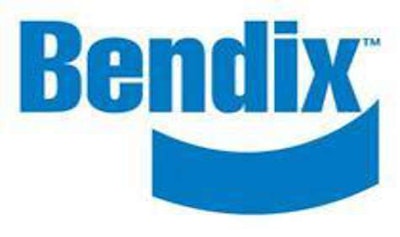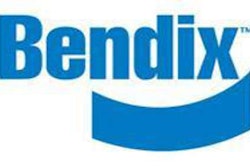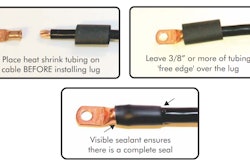
“The quality of a truck’s compressed air supply is more important than ever,” says Richard Nagel, Bendix director of marketing and customer solutions, air charging. “With higher levels of automation come solenoid valves that provide precise control but require cleaner air than traditional manual brake valves. Some automated manual transmissions also rely on pneumatic controls, along with emissions controls and other systems that improve driver safety and comfort.”
Factors Impacting Dryer Life
Dryer cartridge service intervals depend on many factors, including the type, age and duty cycle of the vehicle’s air compressor, along with the amount of air consumed, and the vehicle’s operating environment. Drivers and fleets should always monitor the quality of the air in their service tanks to ensure air dryers are functioning properly. If excessive moisture – or oil mixed with water – is present in an air system, the air dryer’s cartridge may need to be replaced. Nagel suggests always referring to the appropriate service data sheet, pointing to the availability of a valuable new tool, “Recommended Service Intervals for Bendix Air Dryers,” (BW8068 on the Bendix online literature library at bendix.com).
At a minimum, Bendix recommends draining the air reservoir and checking for moisture in the system every 25,000 miles, three months or 900 hours under standard air usage conditions; every 12,000 miles, two months or 450 hours for medium air usage; and for heavy air usage vehicles, every 6,000 miles, one month or 300 hours.
Replacement intervals also depend on the type of cartridge: A standard OEM-grade cartridge, an oil-coalescing cartridge and an aftermarket replacement have different performance expectations. Bendix’s new service intervals were created with its own specific dryers – its standard cartridge, the PuraGuard oil-coalescing cartridge, and the Bendix GC Green Cartridge – in mind. Bendix always stresses looking first to the vehicle manufacturer’s guidelines, which may vary based on a particular engine or air system’s needs.
Recommended Service Intervals
For easy reference, Bendix categorizes vehicle air usage into three general levels: standard, medium and high.
PuraGuard cartridges in standard usage situations (five axles or fewer; line haul; city; delivery) should be replaced every 24 months or 200,000 miles. PuraGuard cartridges experiencing medium use – pulling double-trailers; light transit; light off-highway; eight axles or fewer – should be replaced every 18 months or 150,000 miles. And those in high-air-use applications such as multiple trailers, city transit, heavy-duty off-road, and nine or more axles should be replaced every 12 months.
Vigilance is particularly key with oil-coalescing cartridges because of the specific job each medium has within the component: The oil filter doesn’t remove moisture, and the desiccant isn’t designed to remove oil – but both are crucial.
“Especially on newer trucks, oil-coalescing filters are protecting components that can carry a significant repair cost,” Nagel says. “So if your truck was originally equipped with an oil-coalescing cartridge, it’s important to replace it with one. And you can always upgrade from a standard cartridge to an oil-coalescing version, even if it’s not OEM spec: It’s just an added level of protection.”
For OEM-grade standard Bendix cartridges without oil-coalescing technology, the recommended standard/medium/high usage replacement intervals are 24, 18 and 12 months, respectively. And in the case of the Bendix GC Green Cartridge, which is intended for older trucks and uses a proprietary mix of new and Bendix-remanufactured desiccant, recommended replacement intervals are 12 months for standard and medium usage, and six months for high.
“Standards are changing,” Nagel says. “Oil-coalescing technology is the norm on most of the North American OEM builds now, and we’ve got more years of cartridge testing, field evaluation and detailed usage reports from customers upon which we’ve based these recommendations. Customers expect more, and the Bendix team is always working to develop product support that will help maximize vehicle performance and safety.”











